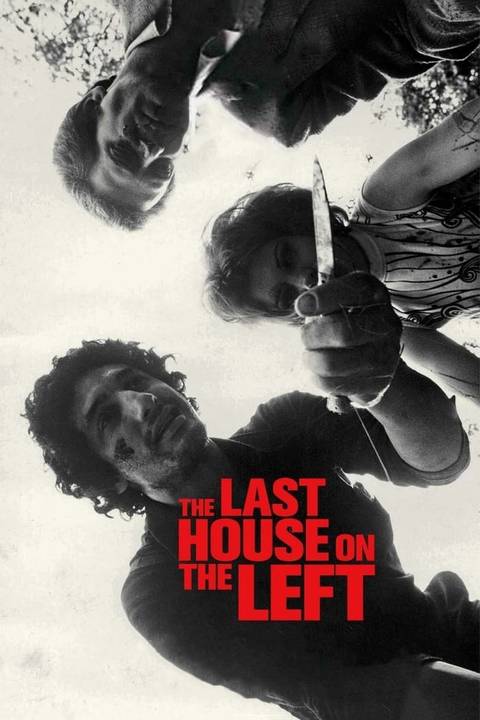Taylor Swift‘s new album, The Life of a Showgirl, has certainly proved to be a divisive one if you listen to online chatter, but there’s no denying that it’s been a huge hit for the beloved pop star. It became 2025’s biggest album in just one day, selling a massive 2.7 million copies, and Taylor Swift: The Official Release Party of a Showgirl, dominated the box office this past weekend to take the #1 spot. That being said, eagle-eyed horror fans will note that Swift’s new album shares something in common with a Wes Craven classic, as they both pay tribute to the famous painting by Sir John Everett Millais, “Ophelia.”
Hitting theaters on August 30, 1972, The Last House on the Left is Craven’s unhinged revenge-fantasy masterpiece that was based on the 1960 Swedish film, The Virgin Spring. The controversial exploitation movie was panned by critics at the time of its release, but in the years since, it has gone on to be regarded as a cult favorite. Starring Sandra Peabody, Lucy Grantham, David Hess, Fred J. Lincoln, Jeramie Rain, and Marc Sheffler, it’s still a difficult watch even by today’s standards, and rightfully so. Craven didn’t hold back in his directorial debut, which centers around two girls in the wrong place, at the wrong time:
“Teenagers Mari (Cassel) and Phyllis (Grantham) head to the city for a concert, then afterward go looking for drugs. Instead, they find a gang of escaped convicts who subject them to a night of torture and rape. The gang then kills the girls in the woods, not realizing they’re near Mari’s house. When they pose as salesmen and are taken in by Mari’s mother (Cynthia Carr) and father (Gaylord St. James), it doesn’t take the parents long to figure out their identities and plot revenge.”
How Does ‘The Life of a Showgirl’ Connect to ‘The Last House on the Left?’
At first glance, Swift’s new album and Craven’s horror debut couldn’t seem more different, but look closer, and you’ll find they share at least one surprising connection. The cover for the standard version of The Life of a Showgirl features the famous artist mimicking Millais’ “Ophelia,” which was painted in the 1850s and depicts the tragic character from Hamlet floating on her back before she drowns. It’s a beautiful oil painting that Swift recreated for The Life of a Showgirl cover, albeit with some subtle changes. As Surabhi Redkar from Prestige notes:
“While Ophelia’s eyes are left lifeless following her drowning, Swift gazes directly at you from the cover, suggesting that she isn’t one to suffer and drown under the norms of patriarchy that once killed Ophelia.”
So how does The Last House on the Left fit into all this? There’s a brutal moment in the movie where Mari and Phyllis are assaulted by Krug and his gang. Phyllis is stabbed to death and Mari, after being violently tortured, walks into a nearby lake. Krug shoots her in the back, and she rolls over to float amongst the leaves and twigs before the last vestiges of life escape her body. Craven, who got his master’s degree in philosophy and writing before becoming a filmmaker, modeled the moment with Mari after the painting of Ophelia as a nod to Shakespeare.
Obviously, Craven and Swift aren’t the only ones who have paid tribute to “Ophelia” over the years, as the painting has been the inspiration behind scenes in the likes of Melancholia, and The White Lotus. Still, it’s fun to draw a comparison between The Life of a Showgirl and The Last House on the Left, which couldn’t be more different from one another. If you want to check out the scene in question, The Last House on the Left is now streaming on Prime Video.
- Release Date
-
August 30, 1972
- Runtime
-
84 minutes
- Producers
-
Sean S. Cunningham
-
Lucy Grantham
Phyllis Stone
-
Sandra Peabody
Mari Collingwood
-
-
Fred J. Lincoln
Fred ‘Weasel’ Padowski



